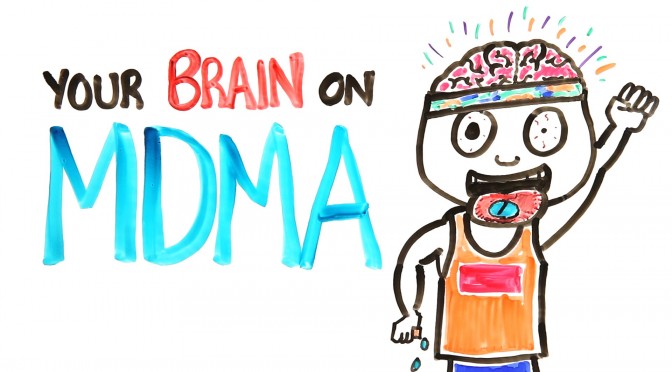MDMA, often associated with feelings of intense euphoria and a heightened sense of well-being, is a potent psychoactive substance that offers a fleeting joyride lasting around eight hours. Yet, the aftermath is less than glamorous, often marked by overwhelming fatigue and profound depression. This tantalizing yet treacherous substance raises a crucial question: What exactly transpires within the labyrinth of our brain when under the influence of MDMA?
To shed light on this intriguing subject, AsapSCIENCE has produced an insightful video that delves into the intricate neurochemistry at play. The video offers a unique perspective on how MDMA interacts with our brain’s intricate systems, subsequently triggering a cascade of reactions that culminate in the unique experiences associated with the substance.
Despite the fleeting euphoria and heightened sense of connectedness that MDMA offers, it’s critical to underscore its potential perils. MDMA is notoriously addictive, earning it a spot among the ranks of substances like Meth. Such substances can ensnare the user in a vicious cycle of dependency, leading to long-term damage that far outweighs the transient pleasures they provide.
Remember, understanding the mechanisms underlying these substances is not an endorsement of their use but rather a cautionary tale, underscoring the intricacies and dangers inherent in their consumption.
Video source: AsapSCIENCE

